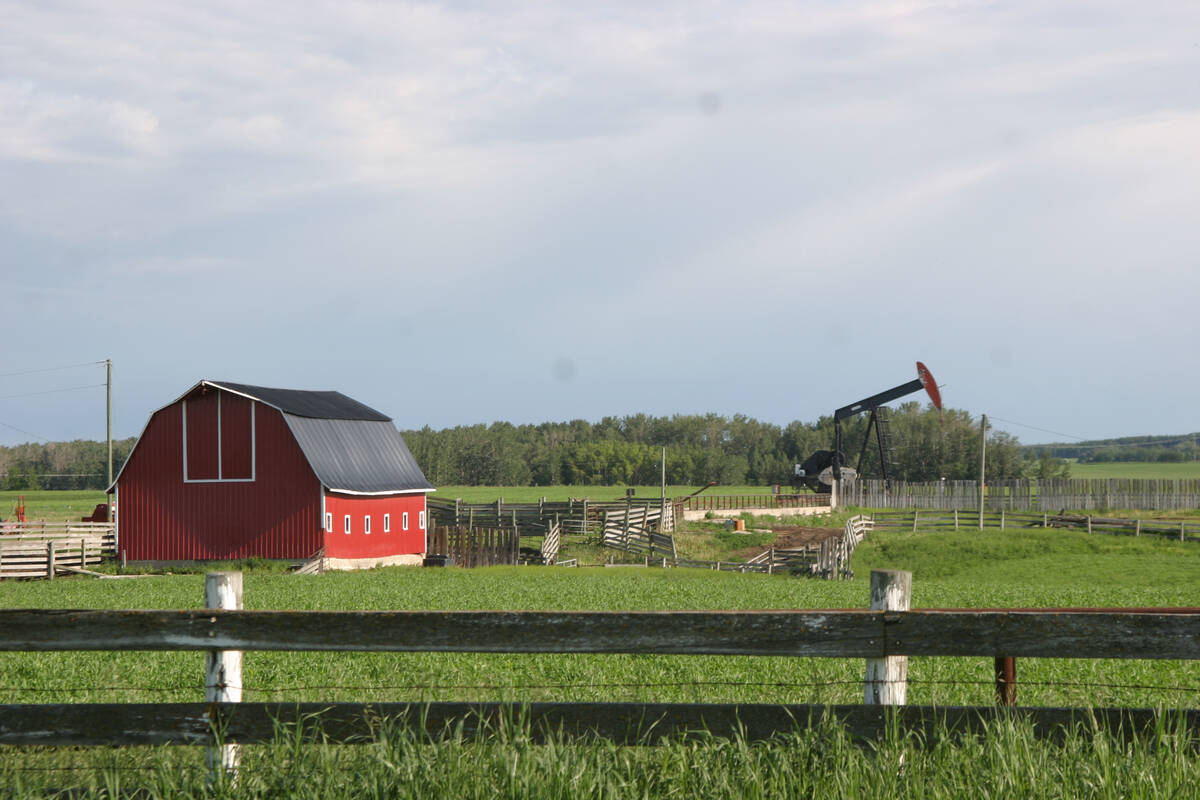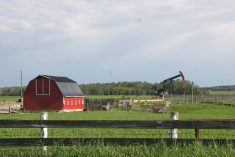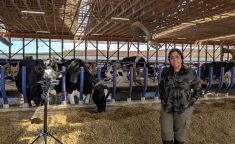The steep rise in U.S. farmland prices creates the potential for agricultural credit problems if there is a sharp downturn in the sector, a leading U.S. financial regulator said March 10.
Farmland prices doubled in the past decade, reaching an average value of $2,140 an acre in 2010. Record-high crop prices and low interest rates make farmland an attractive investment, analysts say.
Some observers have expressed concern a price bubble may be forming. Federal Reserve officials said in recent weeks they are watching to see if the land market is becoming overheated.
Read Also

Recommendations in the mature assets strategy could cause potential problems for landholders
The Western Stock Growers’ Association urges producers to pay attention to the potential changes to Alberta’s Mature Assets Strategy.
Chairman Sheila Bair of the Federal Deposit Insurance Corp. said at an FDIC forum, “while we don’t see a credit problem in agriculture at this time, the steep rise in farmland prices we have seen in recent years creates the potential for an agricultural credit problem sometime down the road.”
Lenders, regulators and farmers “need to stay attuned” to long-term risks, said Bair at the symposium which focused on farmland prices. If crop prices fall or interest rates rise, it is harder for growers to pay their bills.
“The interest rate risk facing farmland values is quite high today,” said Brian Briggeman, an economist at the Kansas City Federal Reserve Bank.
Land values could drop by one-third if interest rates return to a more traditional seven per cent, based on past correlations, said Briggeman. Land is 85 per cent of farm assets, so a one-third drop in land values would reduce a farmer’s equity by 20-25 per cent, he said.
“I don’t think they (land values) are overvalued given current conditions,” said Brent Gloy, an agricultural economist a Purdue University. He cited strong demand for U.S. crops and low interest rates.
Joseph Glauber, Agriculture Department chief economist, said comparisons to the late 1970s, when land prices soared, “seem unfounded” since farmers carry lower debt-to-asset ratios now and the farm income outlook appears strong.
The agricultural recession of the 1980s included an abrupt drop in land prices and vast rural financial distress that forced a federal bailout of lenders and the writeoff of hundreds of millions of dollars in farm loans.
Two agricultural lenders at the symposium said they employ conservative standards to assure farmers can repay loans if conditions worsen. Bankers ask farmers to make larger down payments and are stricter about repayment terms. Unlike the 1970s boom, little land is sold on contract.
“One thing we’ve gotten good at is saying no,” said Matthew Williams, president of the Gothenburg State Bank in Gothenburg, Nebraska. “That is sometimes the best thing a banker does.”














